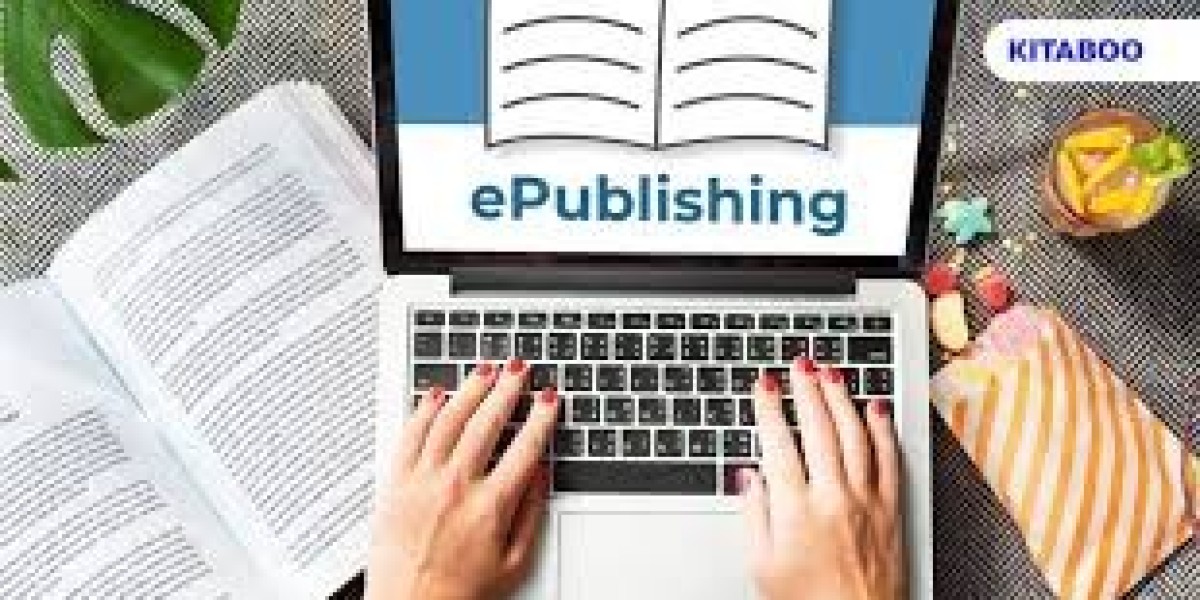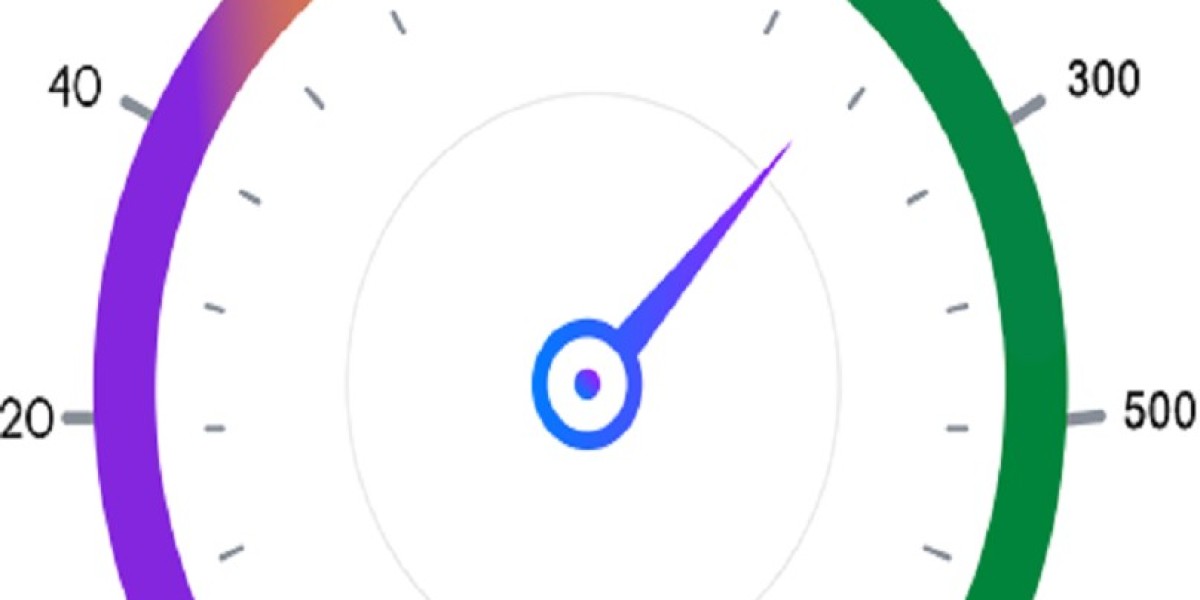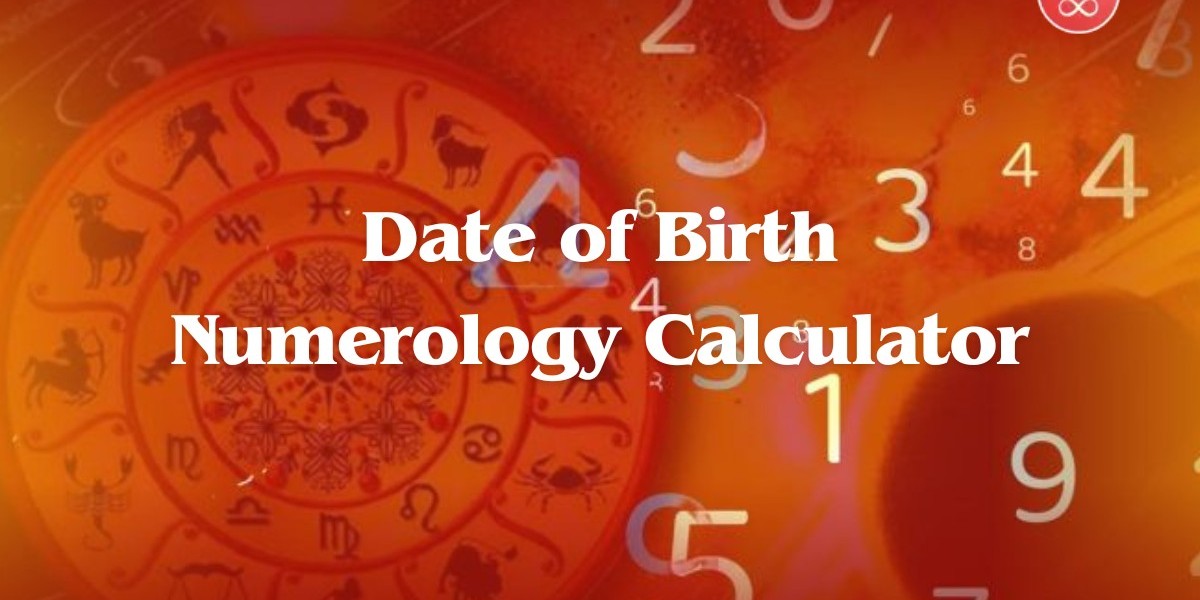There’s a certain magic in holding a book in your hands—especially when your name graces the cover. For many, the dream of becoming a published author begins as a quiet whisper: a scribbled idea on a notepad, a character that won’t leave your head, or a story you've been dying to tell. But turning that dream into a physical book on a bookstore shelf? That journey can feel overwhelming. Where do you even start? How do you stay motivated? Who’s going to help you turn pages of a manuscript into something real?
The good news? You don’t have to do it alone.
It All Starts with a Spark
Every book begins with a spark—an idea, a message, a truth. Whether you’re penning a heartfelt memoir, an edge-of-your-seat thriller, or a motivational self-help guide, your story matters. But let’s be real: ideas are the easy part. The challenge is shaping that idea into something tangible. You may find yourself stuck, doubting your direction, wondering if your voice is worth hearing.
Spoiler alert: it absolutely is.
But before you can captivate readers, you’ve got to organize your thoughts, refine your concept, and start writing. This is the moment to breathe life into your dream. Outline your chapters. Build your characters. Don’t aim for perfection—just get the words down. Progress over polish. Always.
Writing the First Draft: The Beautiful Mess
The first draft is messy. It’s supposed to be. Some days you’ll feel like Shakespeare; other days, you’ll wonder why you started this whole thing. That’s completely normal. Writing a book is more marathon than sprint. And here’s the truth: no one writes a flawless first draft—not even the best-selling authors.
Set realistic goals. Maybe it's 500 words a day or one chapter a week. The key is consistency. And remember, your first draft is just the beginning. It’s where you throw everything on the page, knowing that refining comes later.
Also—don’t go it alone. Writing can be isolating, but connecting with fellow writers, critique partners, or writing groups can give you that extra boost of motivation and accountability.
Editing: Where the Real Magic Happens
You’ve typed “The End” on your manuscript. Now what? Editing.
And yes, editing is where the real work begins. It’s not just about fixing typos or catching awkward sentences. It’s about improving clarity, strengthening your voice, cutting what doesn’t serve your story, and ensuring your message resonates.
Many authors go through multiple rounds of editing. Developmental edits help with structure, pacing, and content. Line edits dive into your language and flow. Copyedits catch grammar, punctuation, and formatting issues. You may even want to bring in a professional editor for fresh eyes—and honestly, it’s worth it.
Don’t be discouraged if this phase takes time. Every great book has gone through the ringer to become, well, great.
Designing Your Book: Cover to Cover
Let’s face it—we do judge books by their covers. In fact, your cover is often your first (and only) chance to capture a reader’s attention. So it needs to be professional, eye-catching, and genre-appropriate.
Beyond the cover, your interior layout matters too. Font choices, chapter headings, margins, spacing—it all contributes to the reader's experience. This is where attention to detail really pays off. A poorly formatted book can distract from even the best story.
If this part sounds overwhelming, that’s because it kind of is. That’s why many authors partner with experts who know the ins and outs of book design, formatting, and typesetting.
Publishing Paths: Traditional, Self, or Hybrid?
So, your manuscript is polished and your design is tight—now it’s time to publish. But which route do you take?
Traditional publishing can be competitive and time-consuming. You need a query letter, a proposal, maybe even an agent. It comes with prestige and industry connections but also means giving up some creative control.
Self-publishing gives you full freedom, but also full responsibility. You’re in charge of everything from marketing to distribution. It's fast, flexible, and empowering—but success requires hustle.
Then there’s the hybrid model—a sweet spot that gives you the support you need without sacrificing your vision. It’s gaining traction with modern authors who want a professional product without the red tape of traditional publishing.
Regardless of the path you choose, knowing what’s available helps you make the decision that’s right for you.
Marketing Your Book: More Than Just a Launch
Publishing isn’t the finish line—it’s just another starting point. Once your book is out in the world, you’ll need to promote it. A solid marketing strategy is what separates books that get discovered from those that quietly fade away.
This doesn’t mean becoming a full-time salesperson. But it does mean showing up for your book. Build an online presence. Start conversations on social media. Get reviews. Consider podcast interviews or speaking engagements. Create a launch plan and a long-term plan.
And most importantly, tell your story. Readers connect with authors who are authentic, relatable, and passionate.
From Author to Authority
Publishing a book isn’t just about writing a story. It’s about positioning yourself as a thought leader, a storyteller, a voice in your niche. Your book can open doors to speaking gigs, media features, business opportunities, and new creative projects.
So when you think about the journey from dream to bookstore shelf, know that it doesn’t end there. A book has the power to expand your reach and amplify your impact long after the last page is read.
And now, let’s bring this full circle.
If you're serious about publishing, you need the right people in your corner. The kind of team that listens to your vision, respects your creativity, and actually knows what they're doing. That’s where a partner like Western Book Publisher comes into the picture.
They’re not just about printing books. They’re about building authors. Supporting your vision. Walking with you through every phase—from that first scribble to the final copy on the shelf. Whether you need help refining your draft, designing a stunning cover, or navigating the publishing maze, they’ve seen it all and done it well.
So if you’re standing at the edge of your dream with a story in your heart and no clue where to begin, just remember: you don’t have to go it alone.
From idea to impact, your publishing journey is waiting. And trust me—it’s worth every step.








